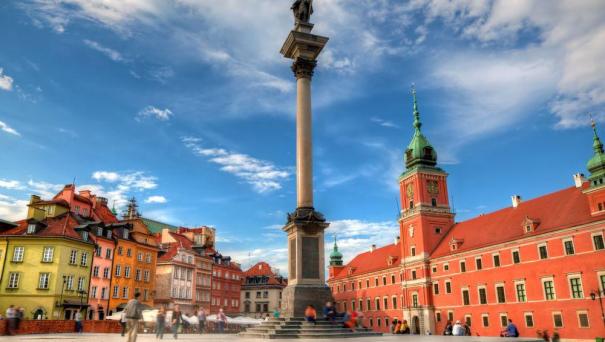About Warsaw
Warsaw is the sprawling capital of Poland. Its widely varied architecture reflects the city's long, turbulent history, from Gothic churches and neoclassical palaces to Soviet-era blocks and modern skyscrapers. As Poland’s cultural hub, Warsaw has a thriving nightlife and music scene, both classical and underground. After near-total destruction in WWII, Warsaw’s old town was faithfully restored to its pre-war appearance. The first historical reference to Warsaw dates back to the year 1313, at a time when Kraków served as the Polish capital city, because of its location it became the capital. Warsaw's climate is humid continental with cold, snowy, cloudy winters and warm, sunny, stormy summers. Although today's Warsaw is a fairly young city, it has many tourist attractions. Apart from the Warsaw Old Town quarter, reconstructed after World War II, each borough has something to offer. Among the most notable landmarks of the Old Town are the Royal Castle, King Sigismund's Column, Market Square, and the Barbican. Greenspace covers 15% of the surface area of Warsaw, with many parks and treelined avenues.
